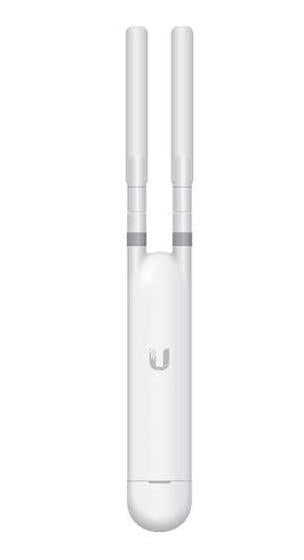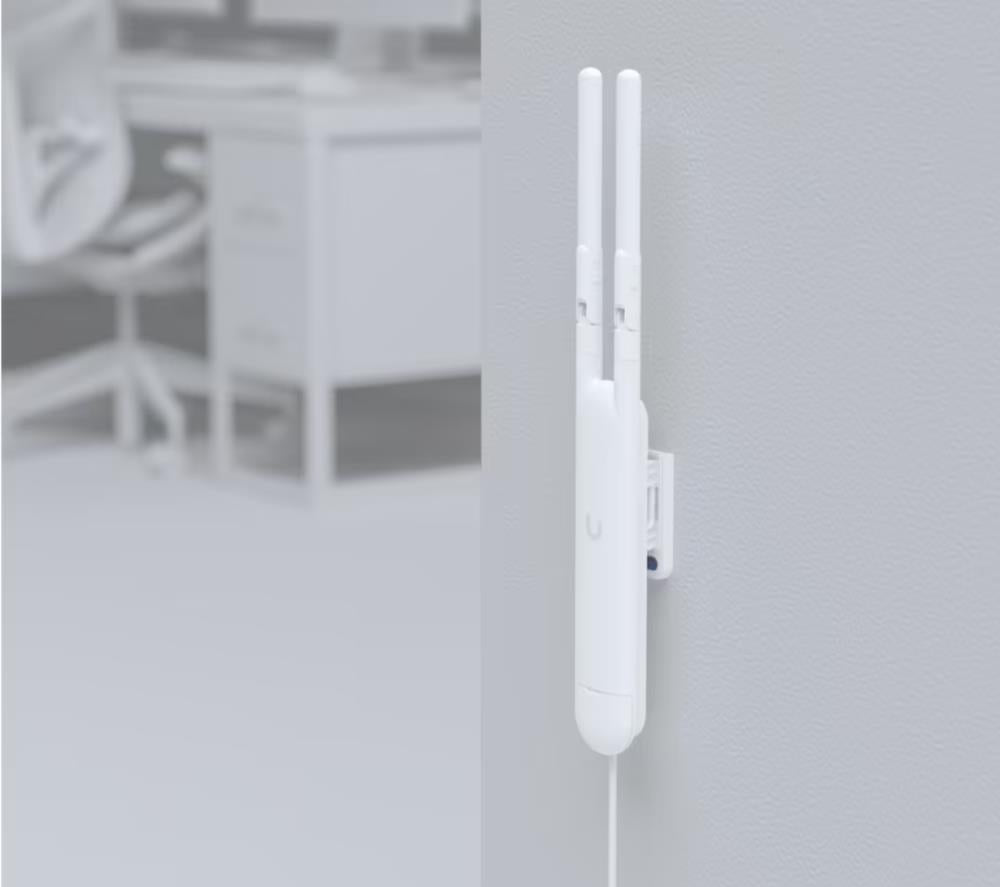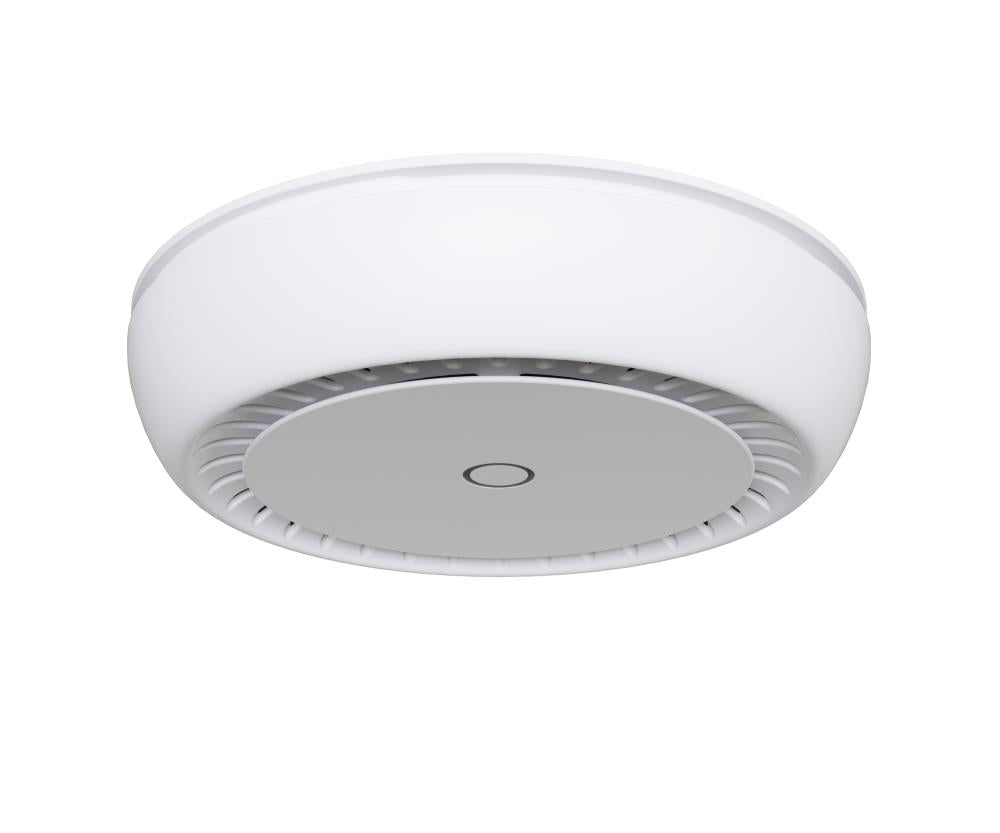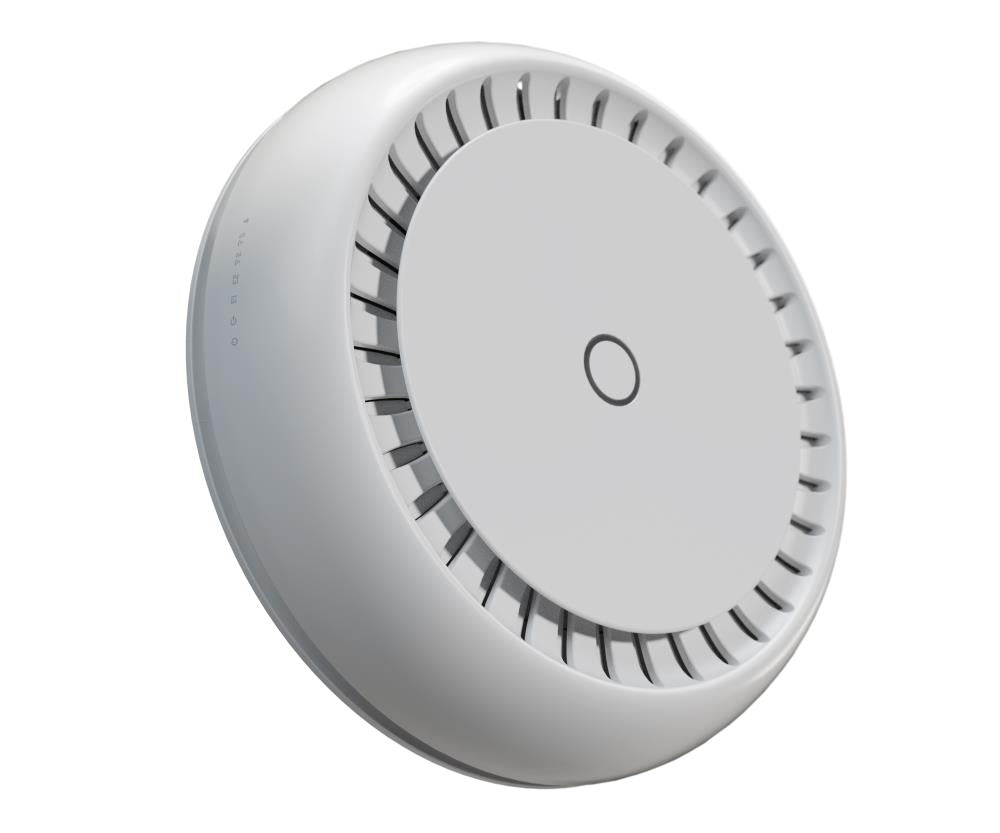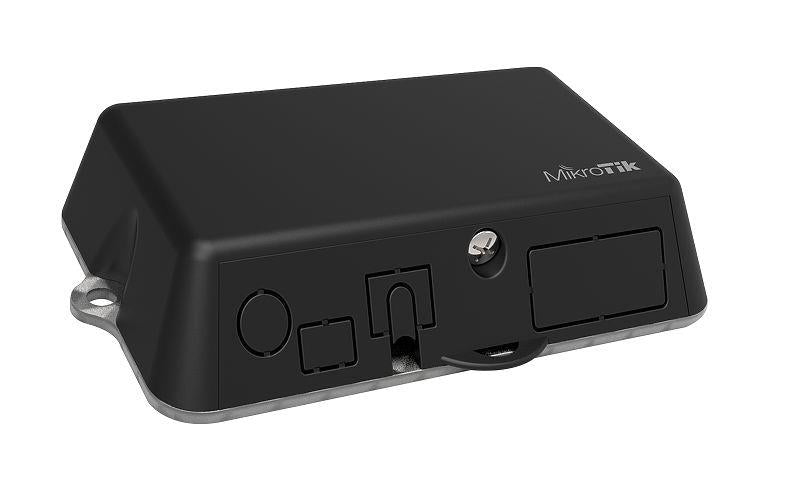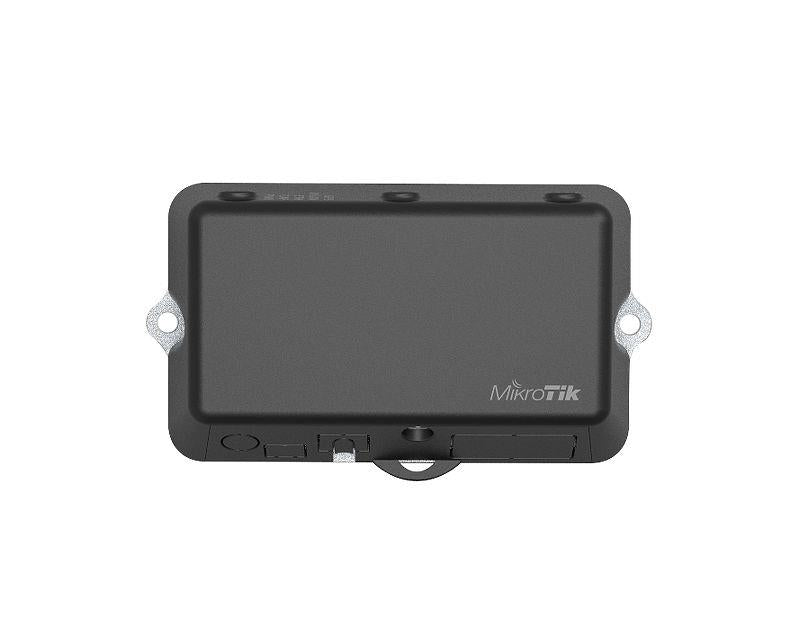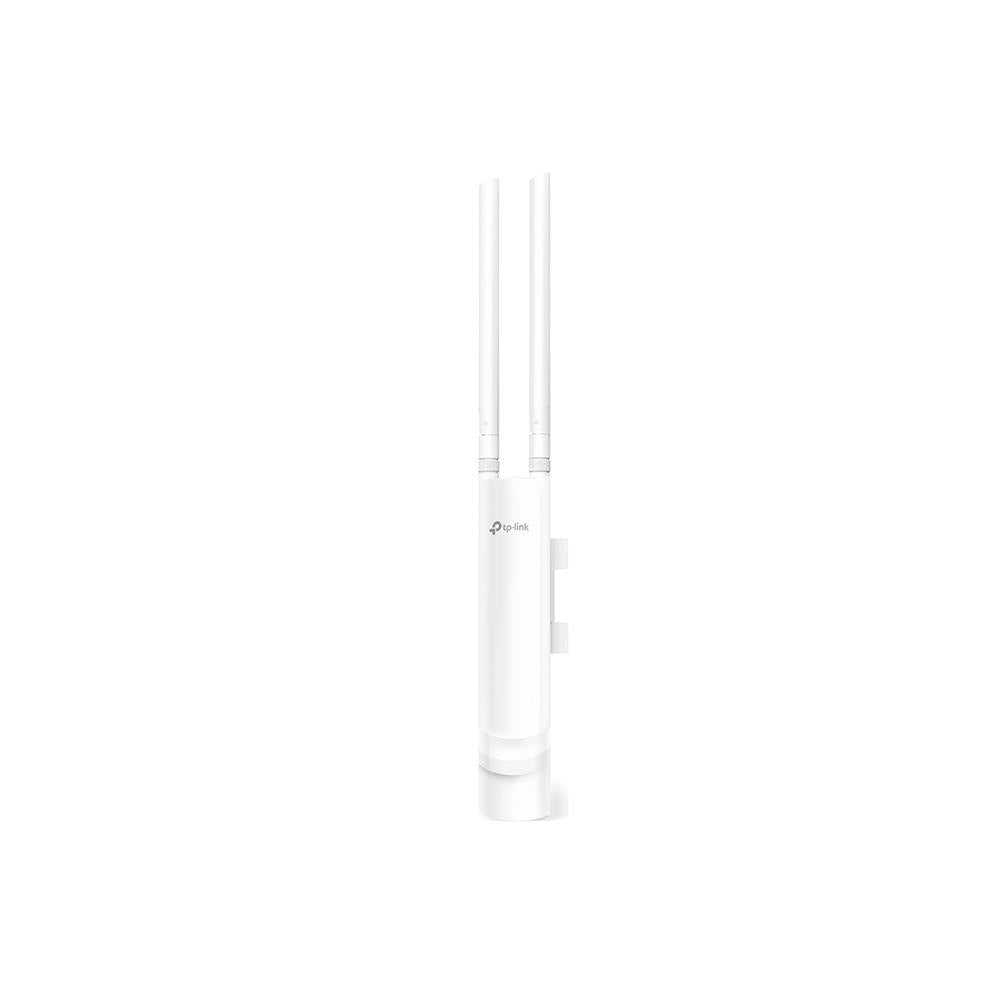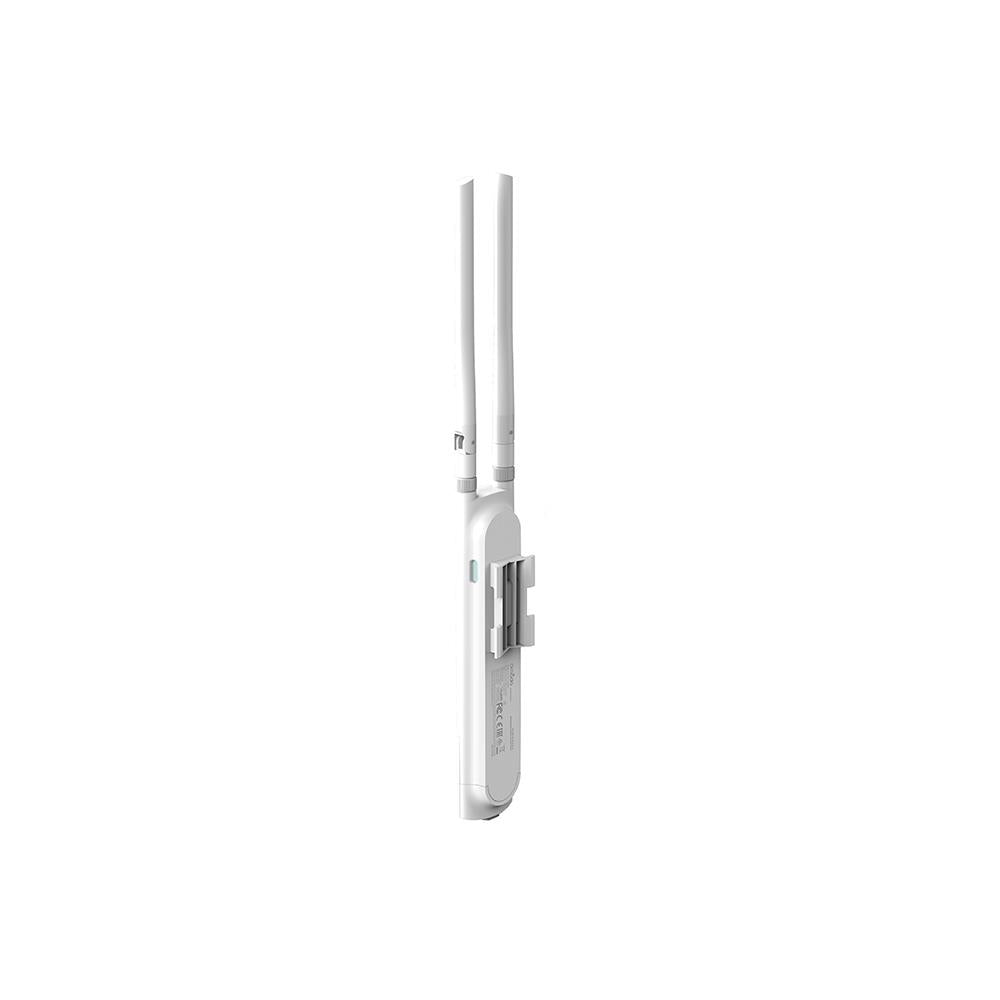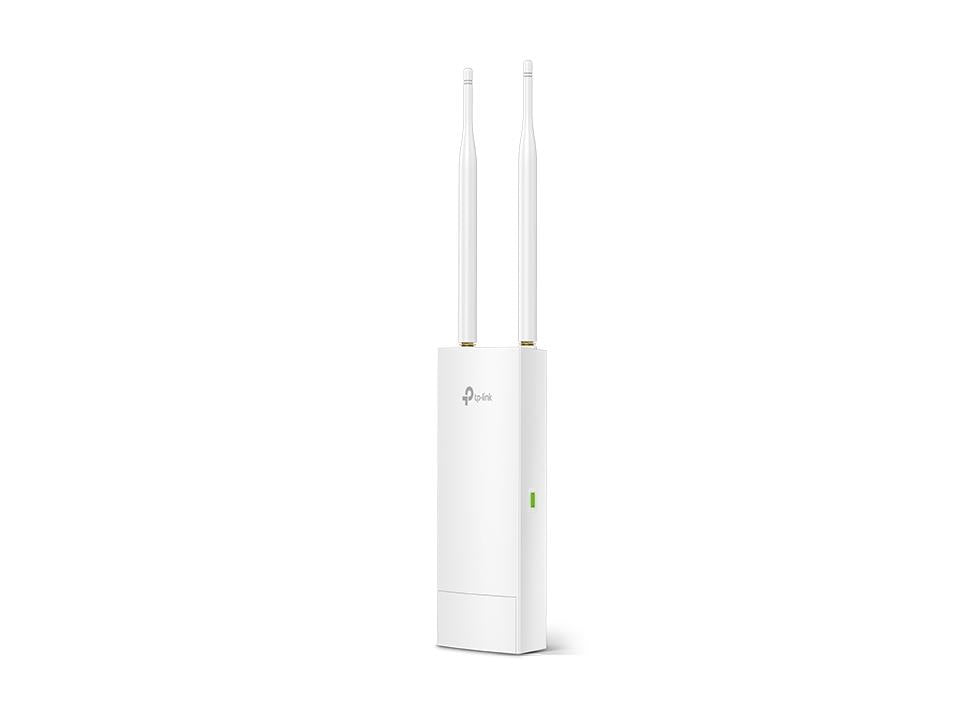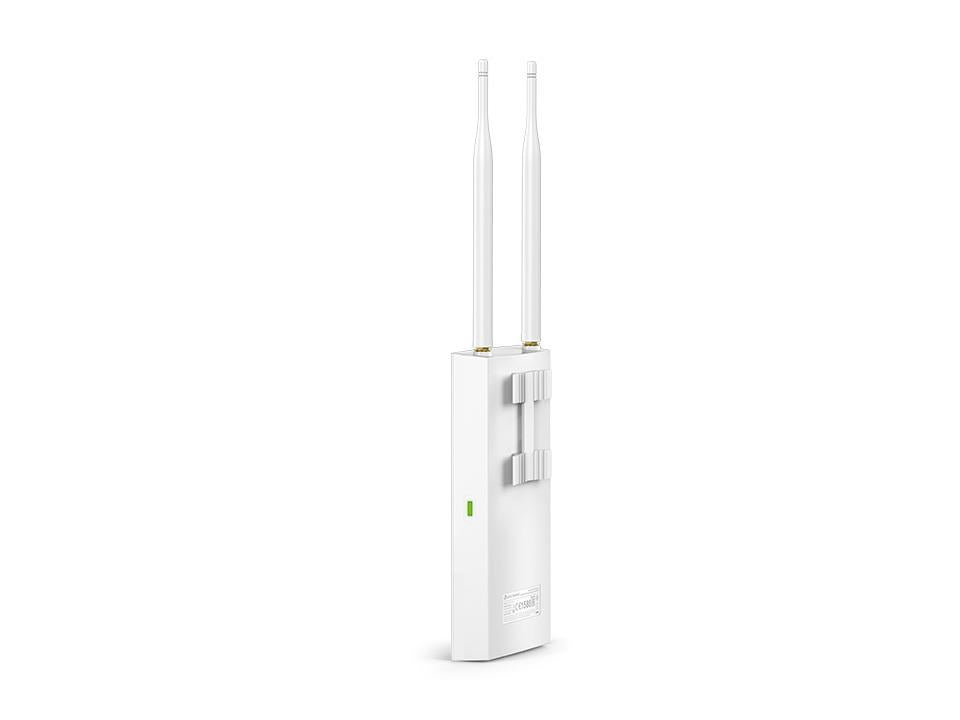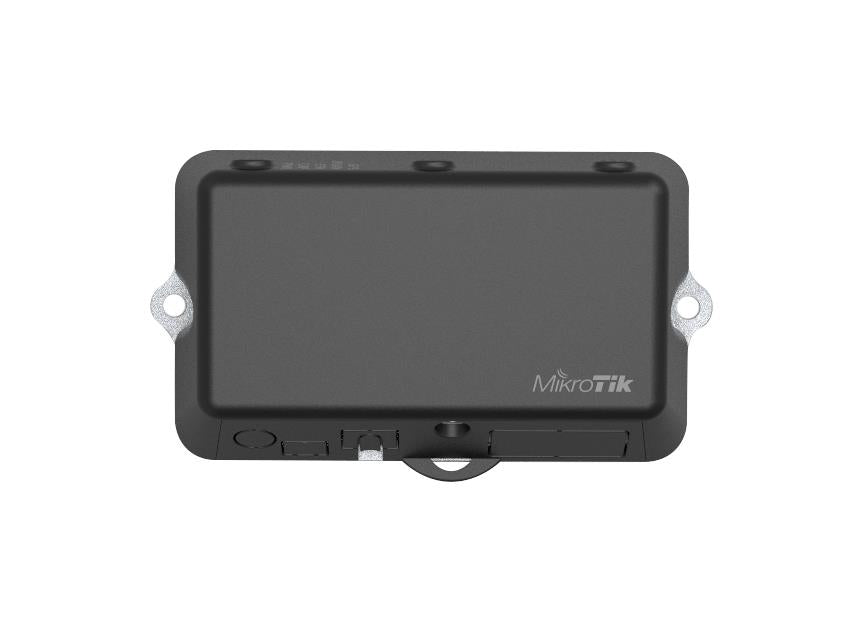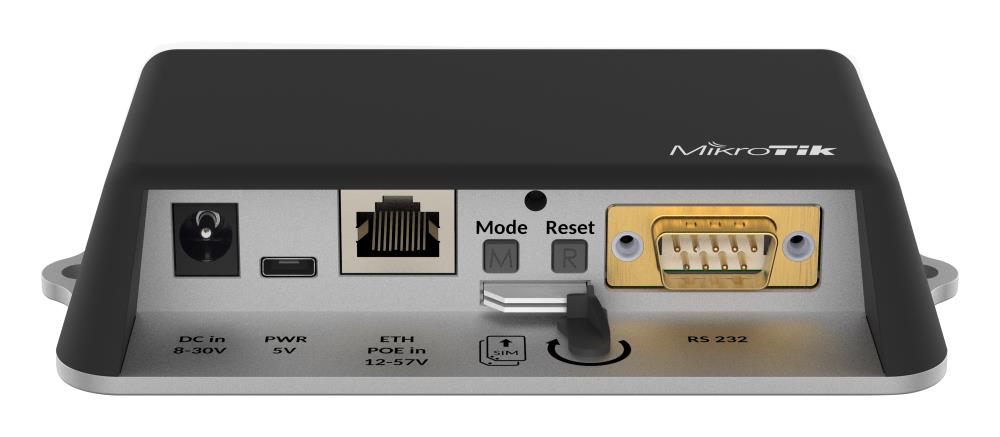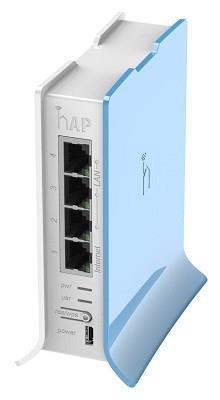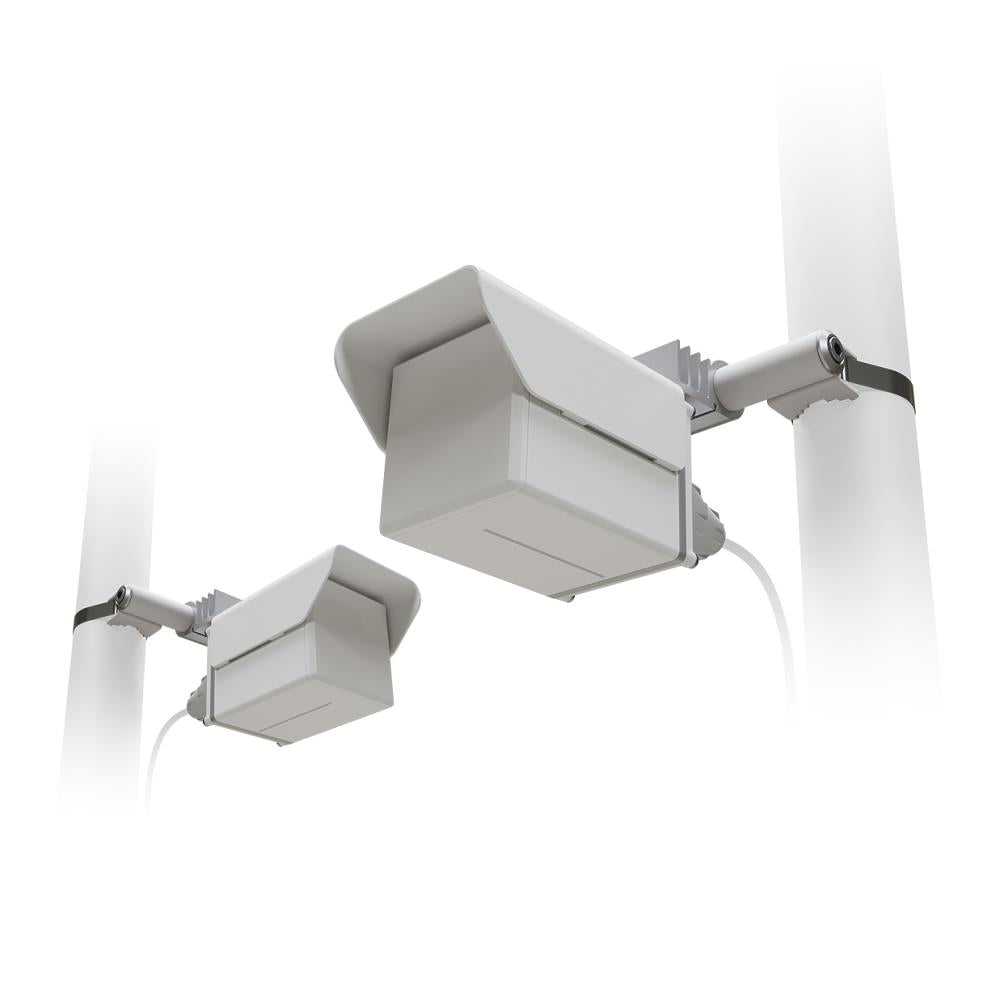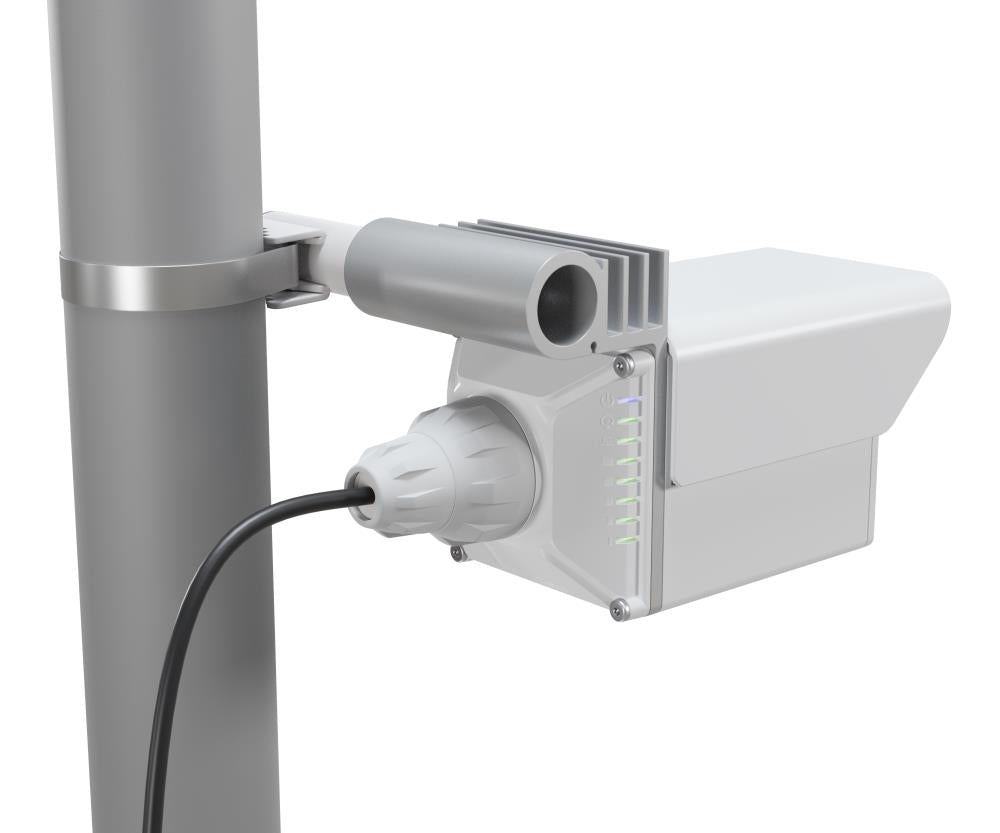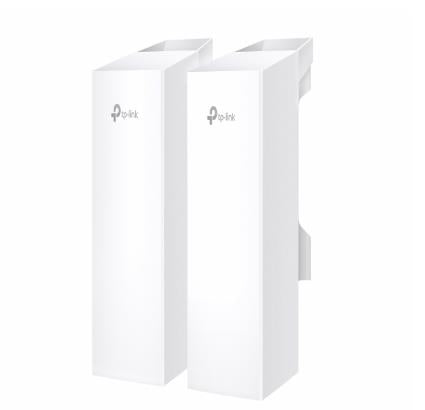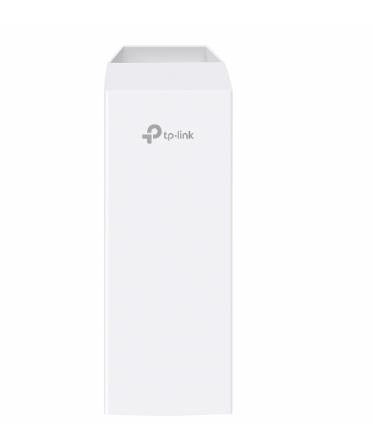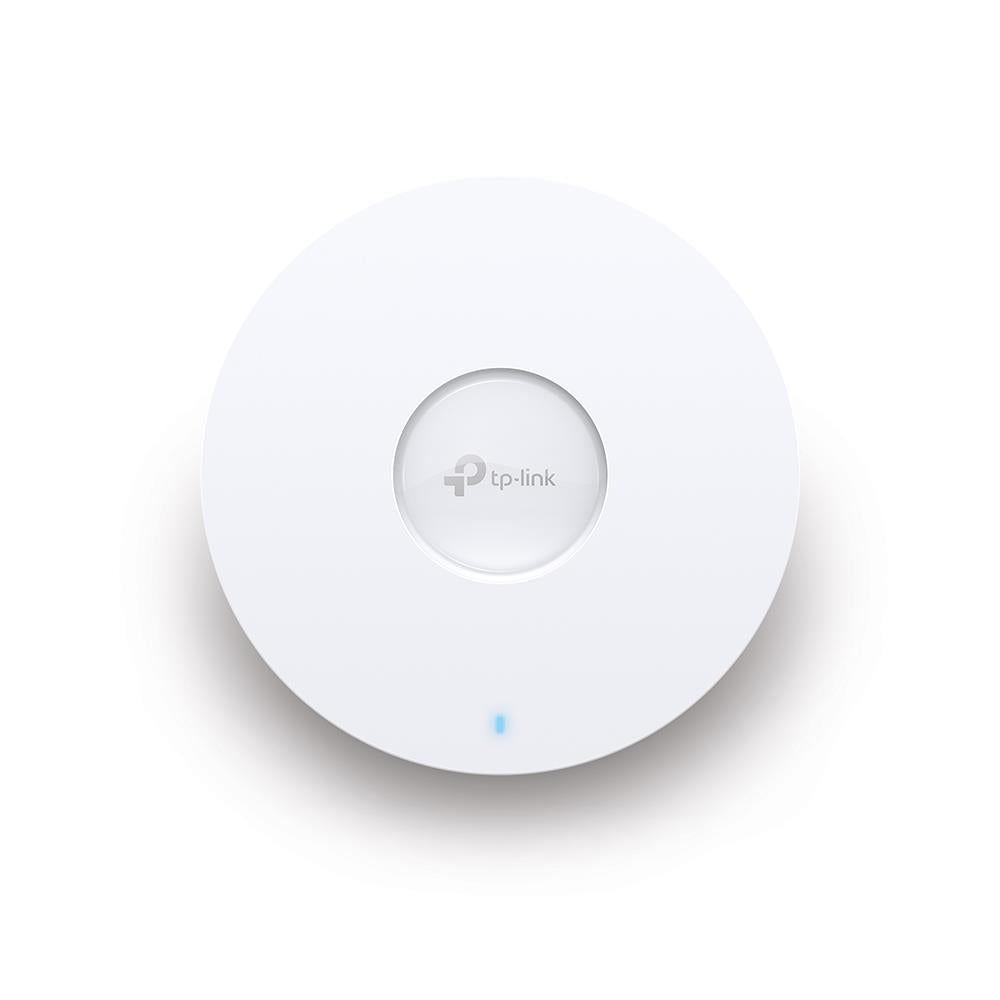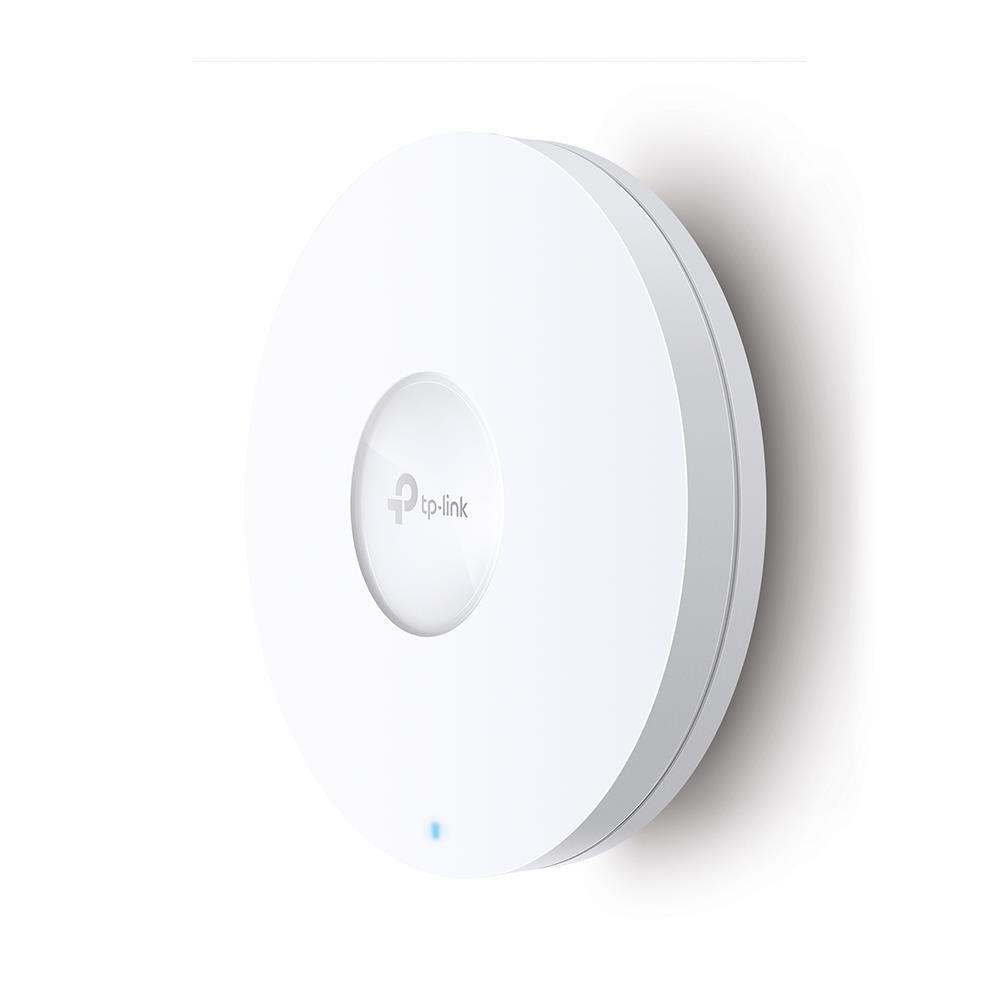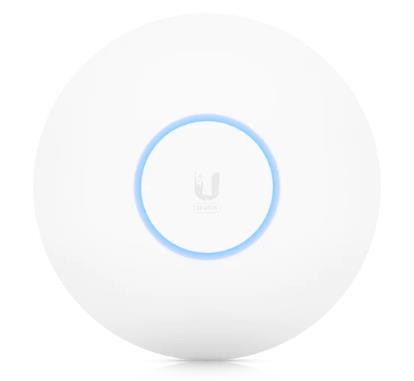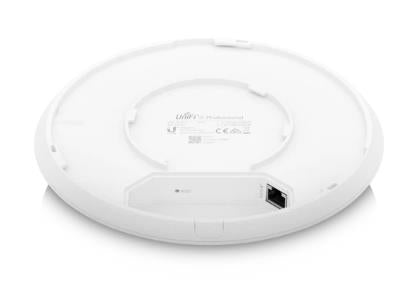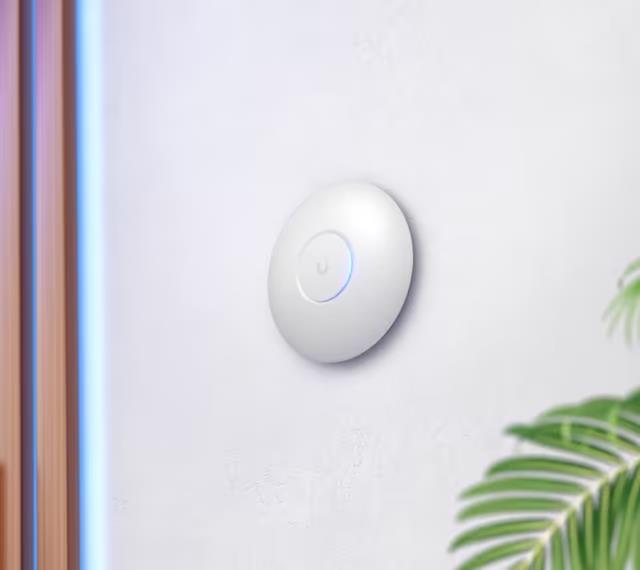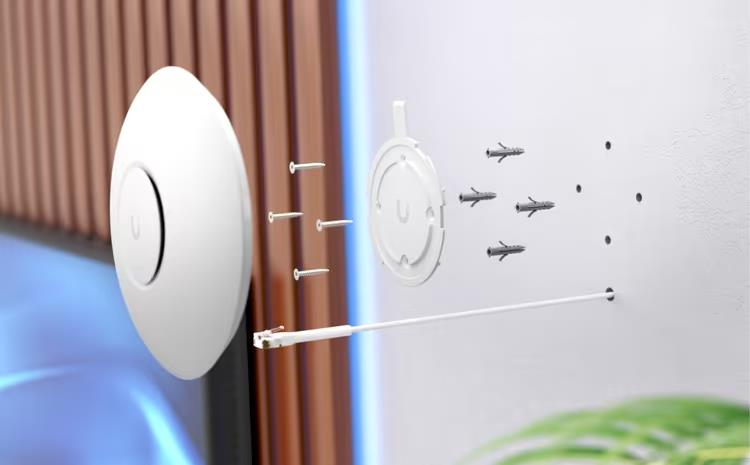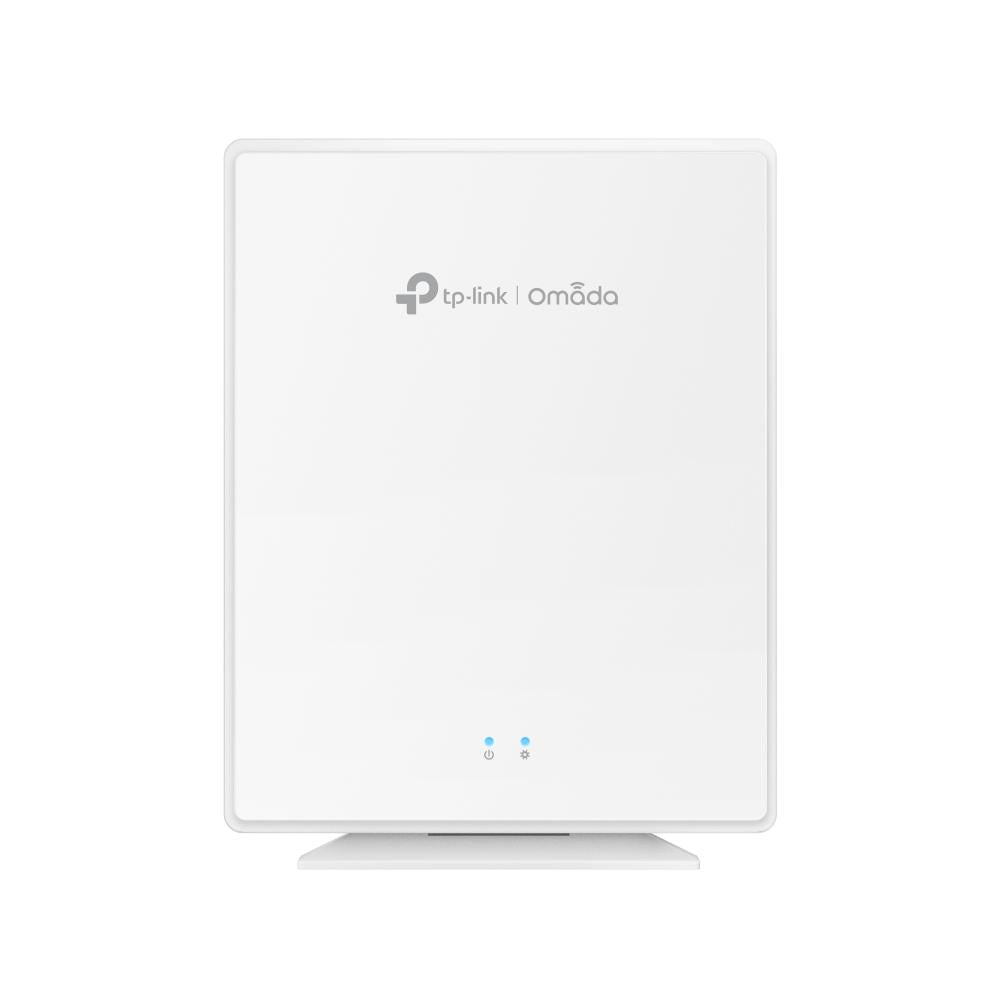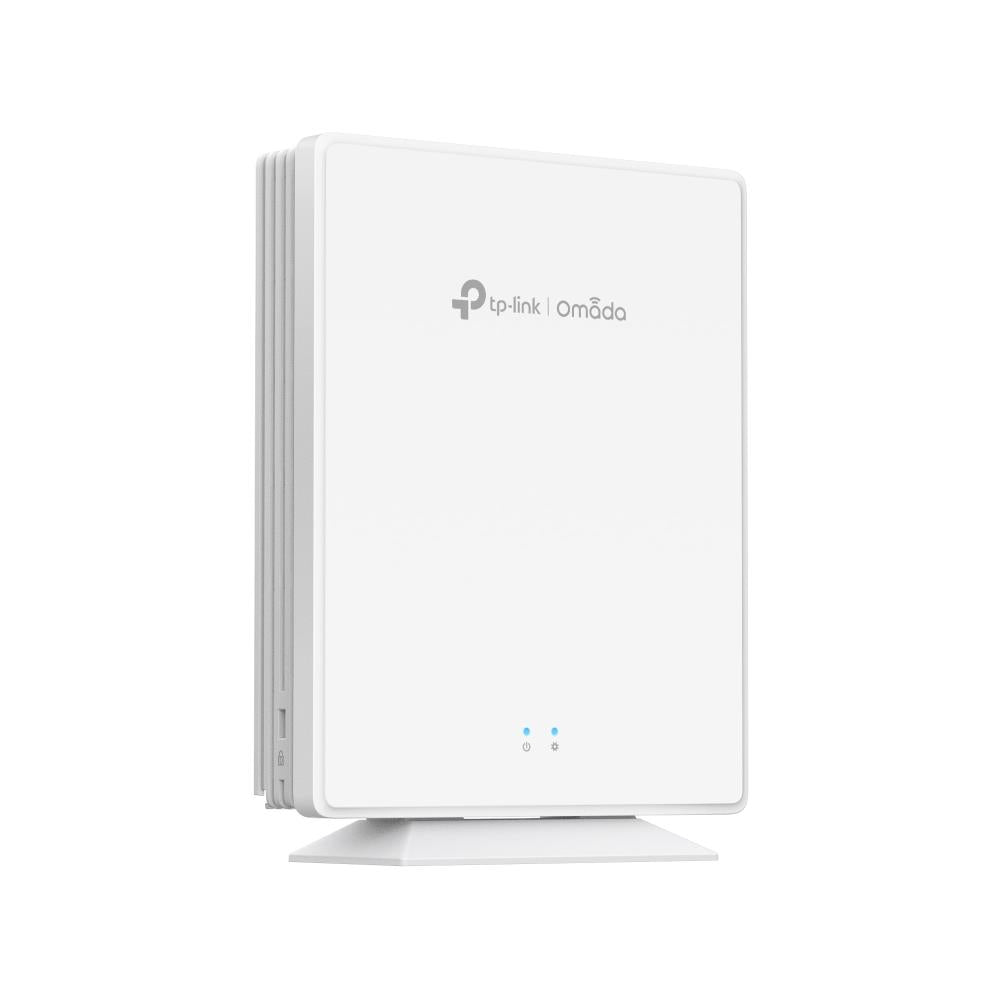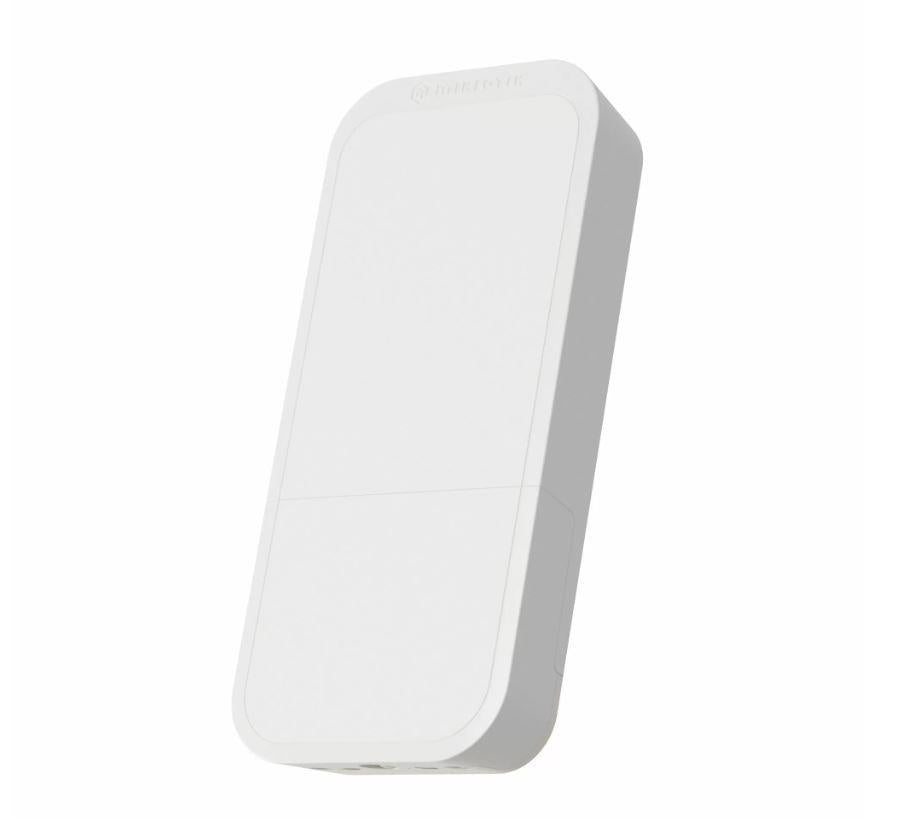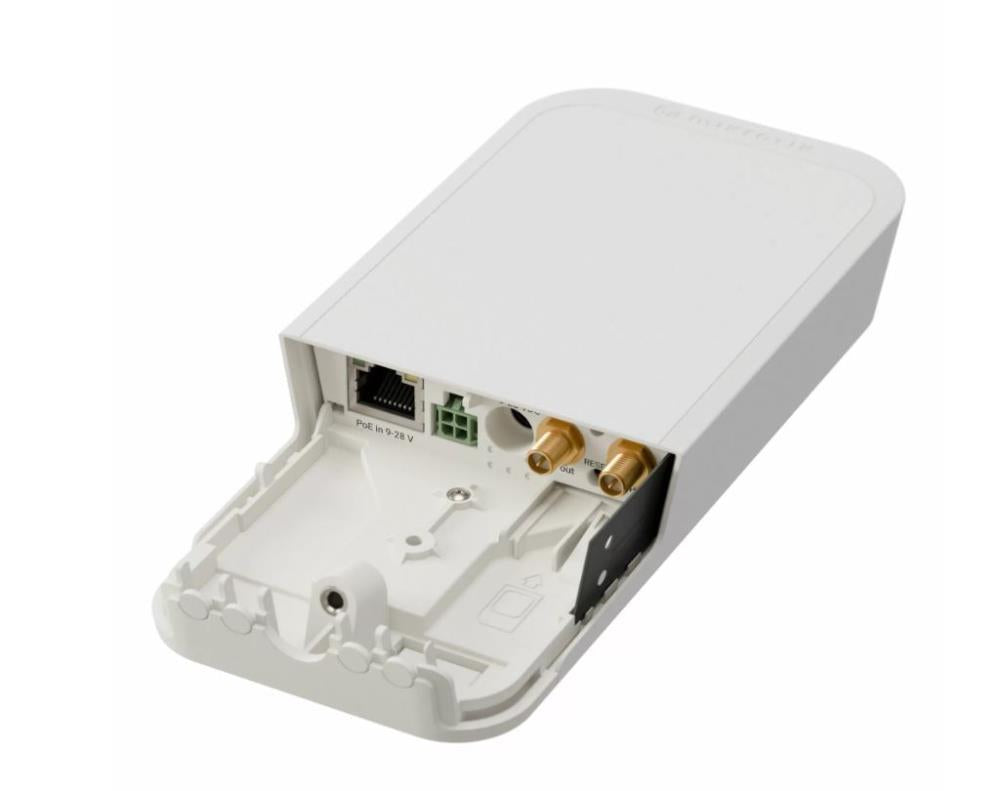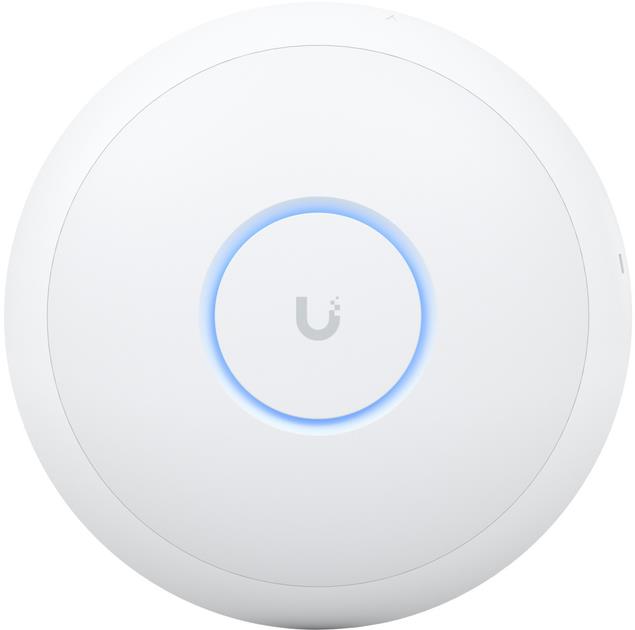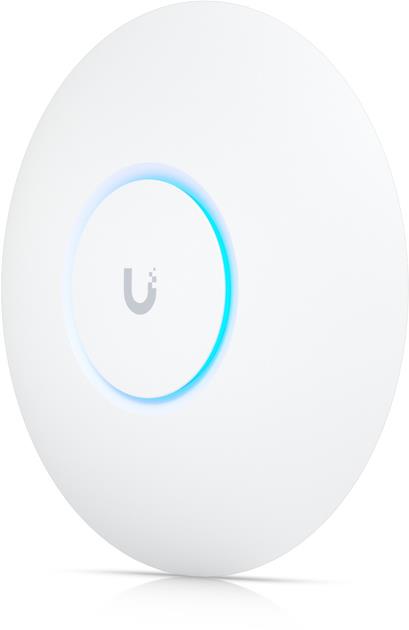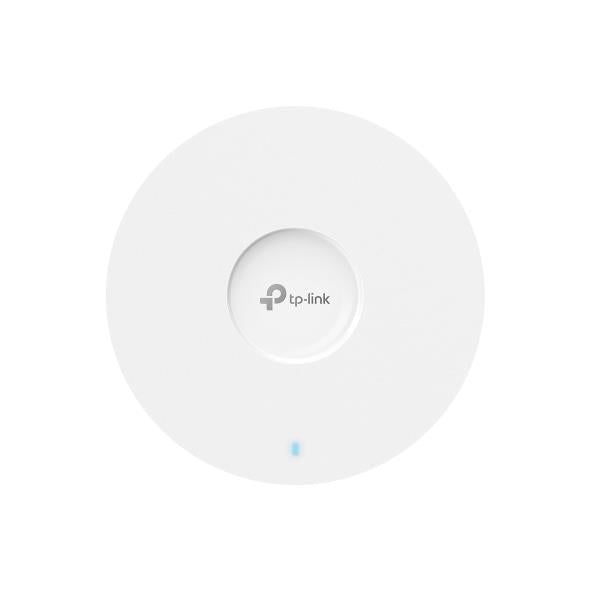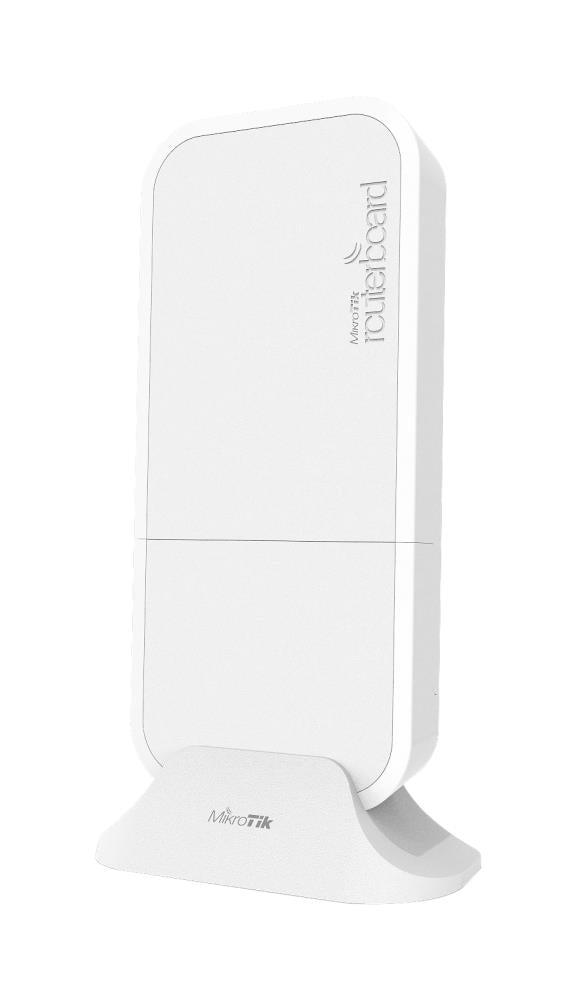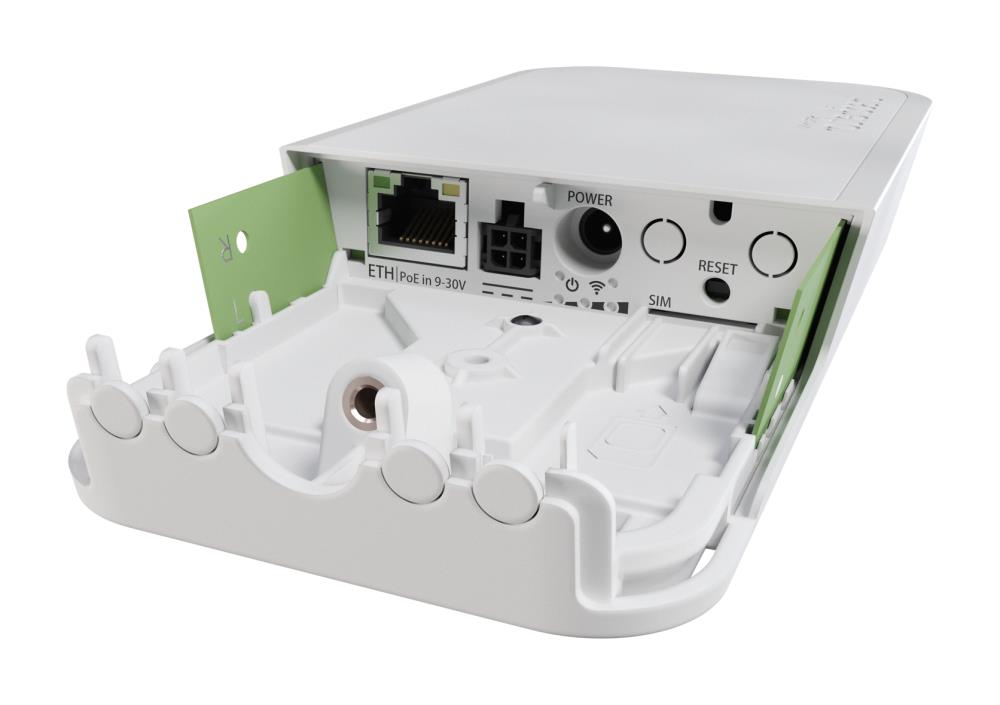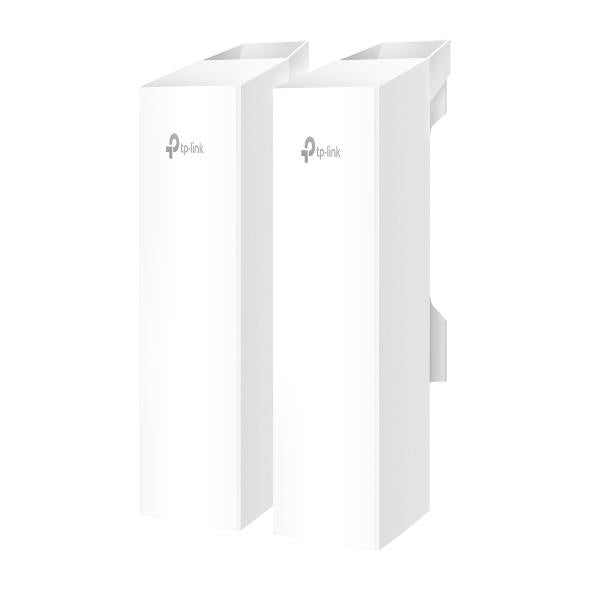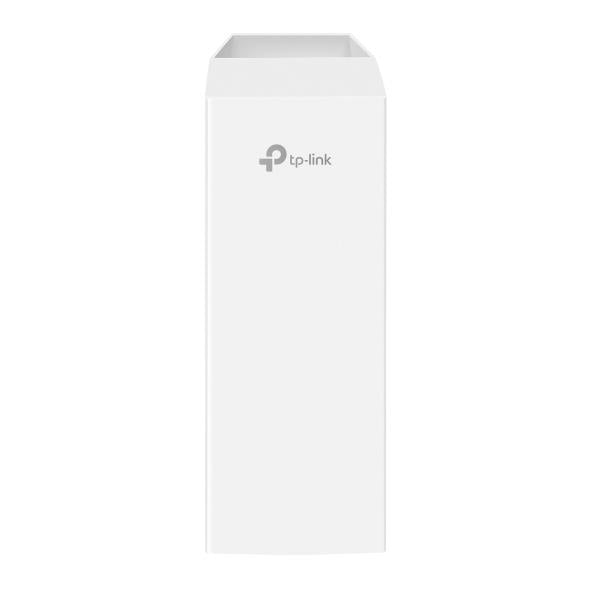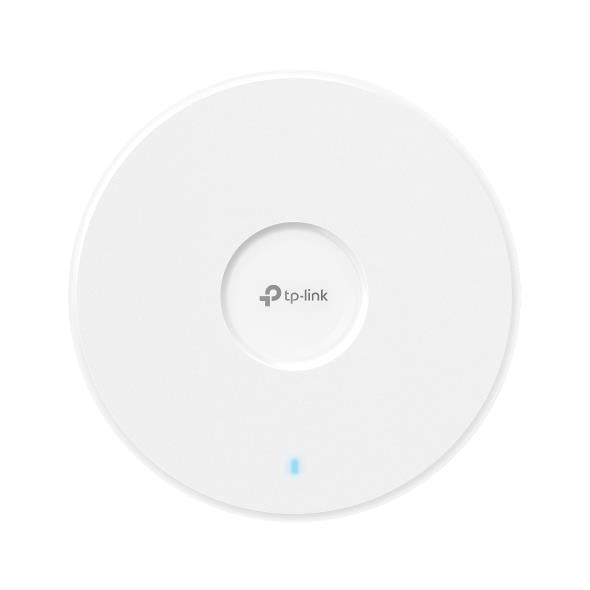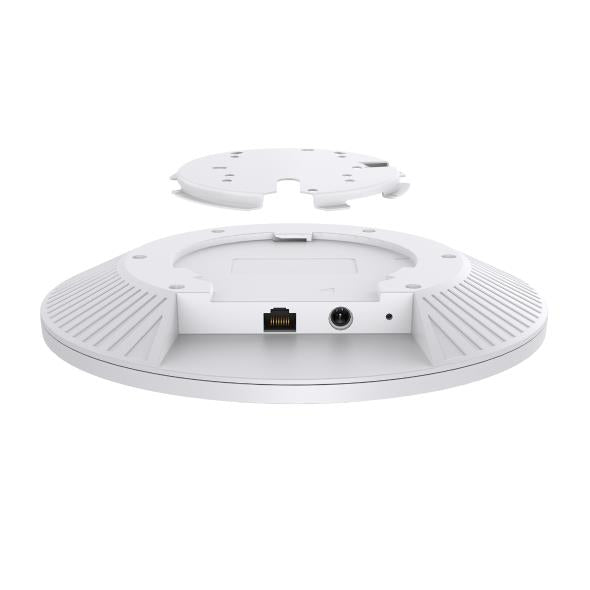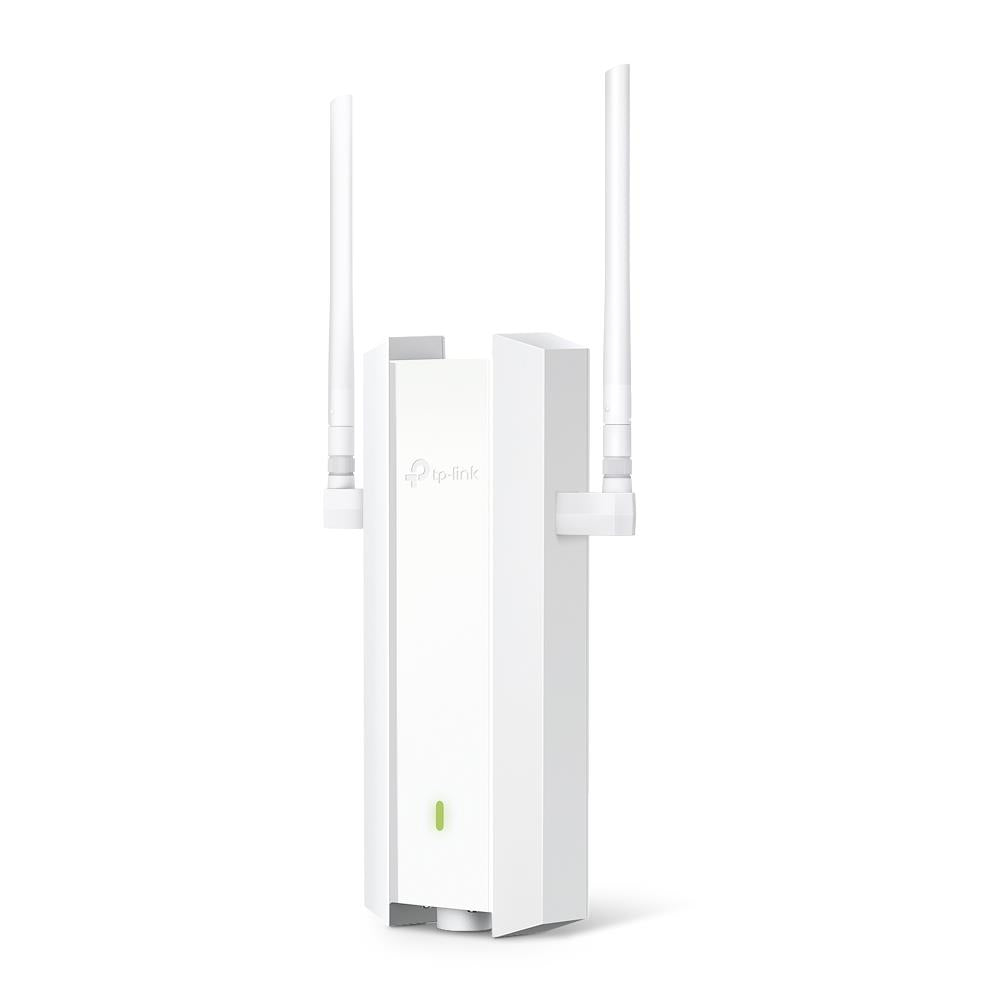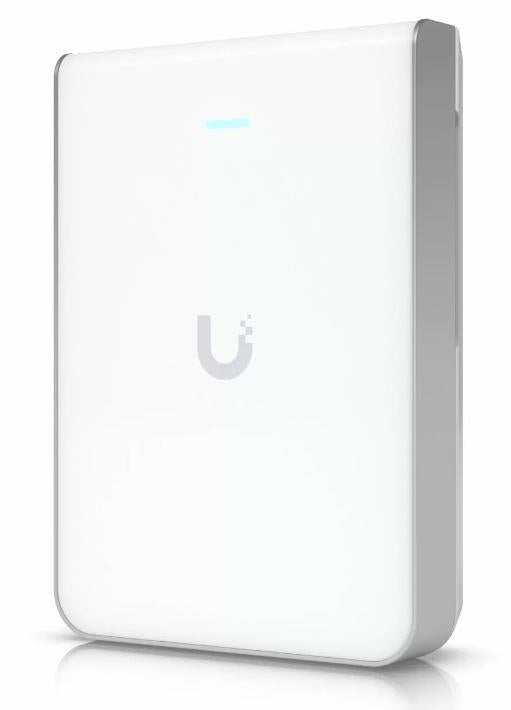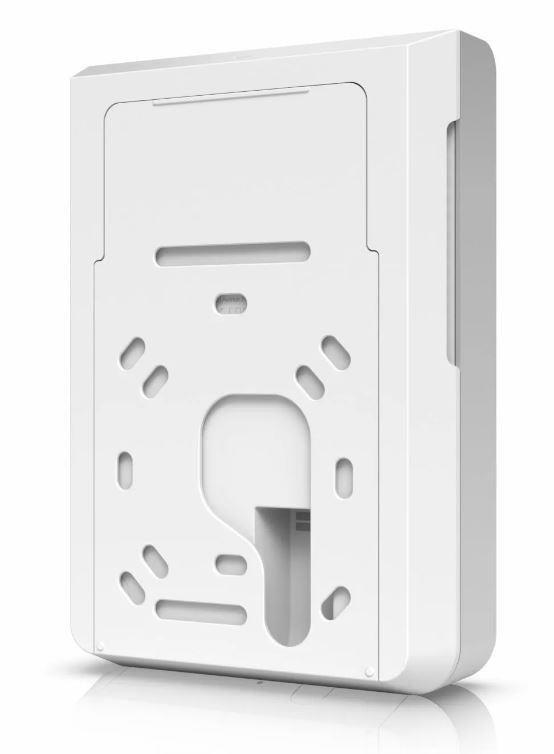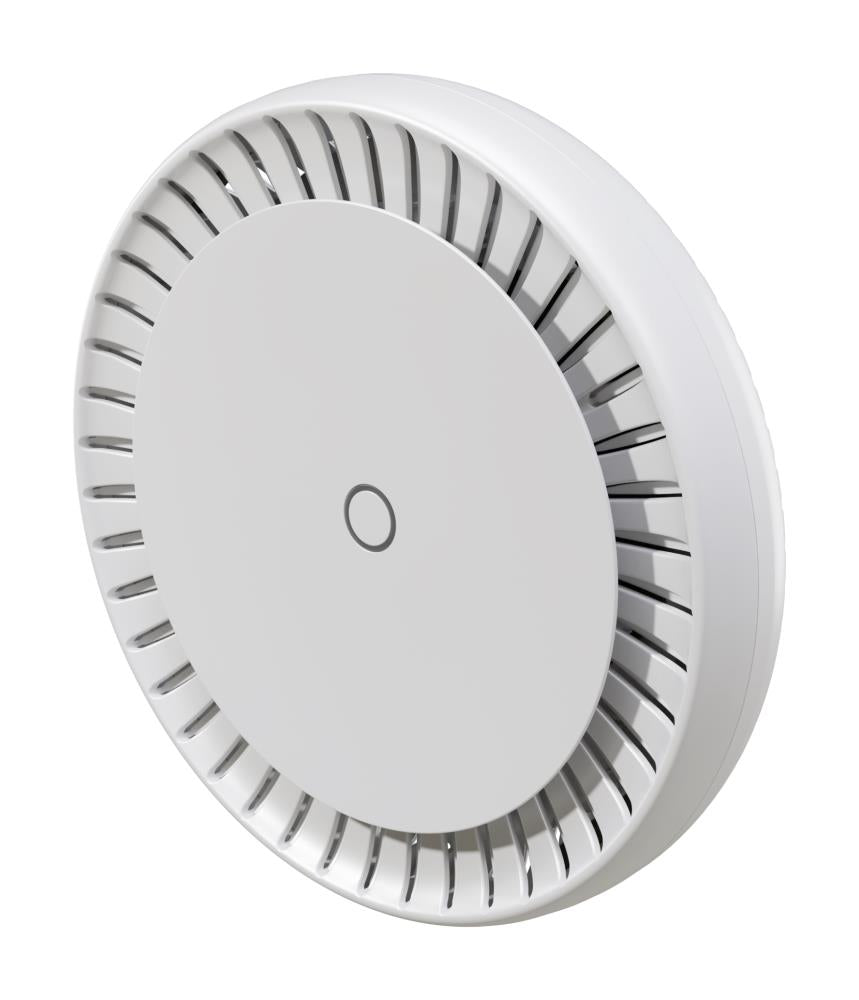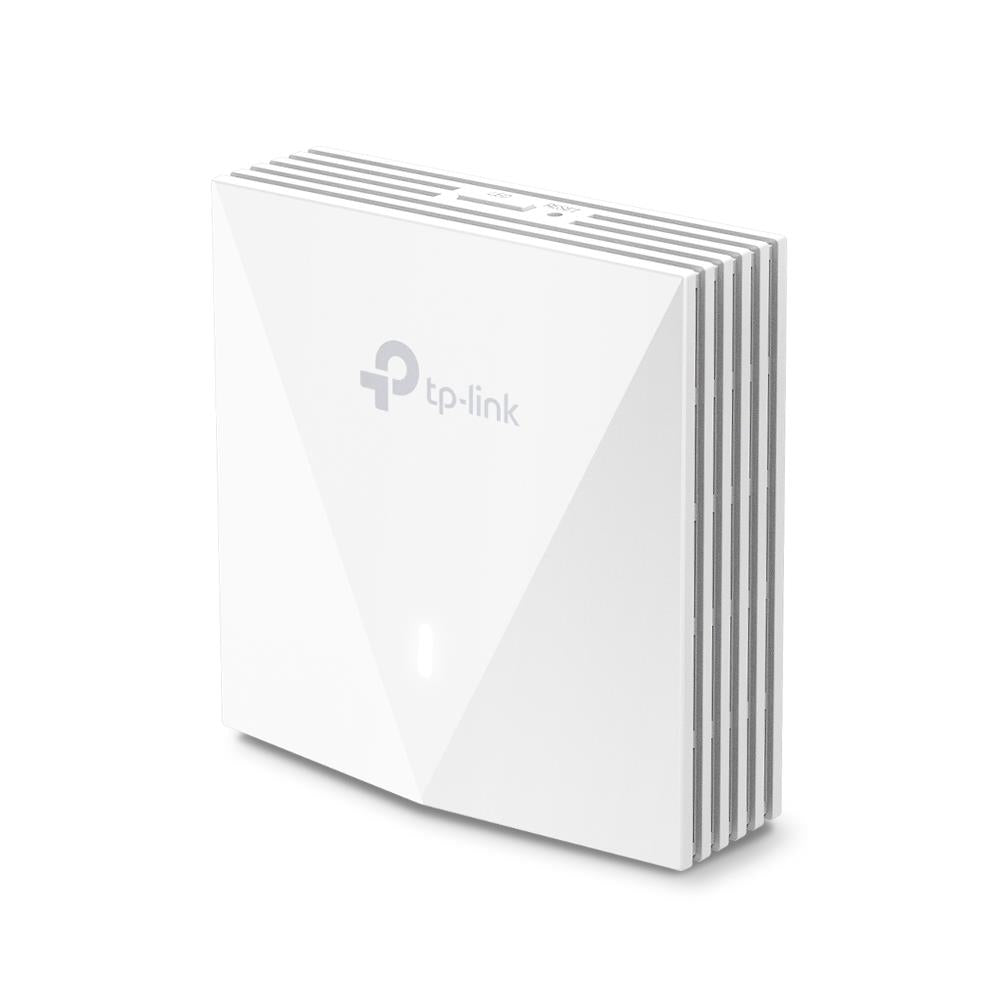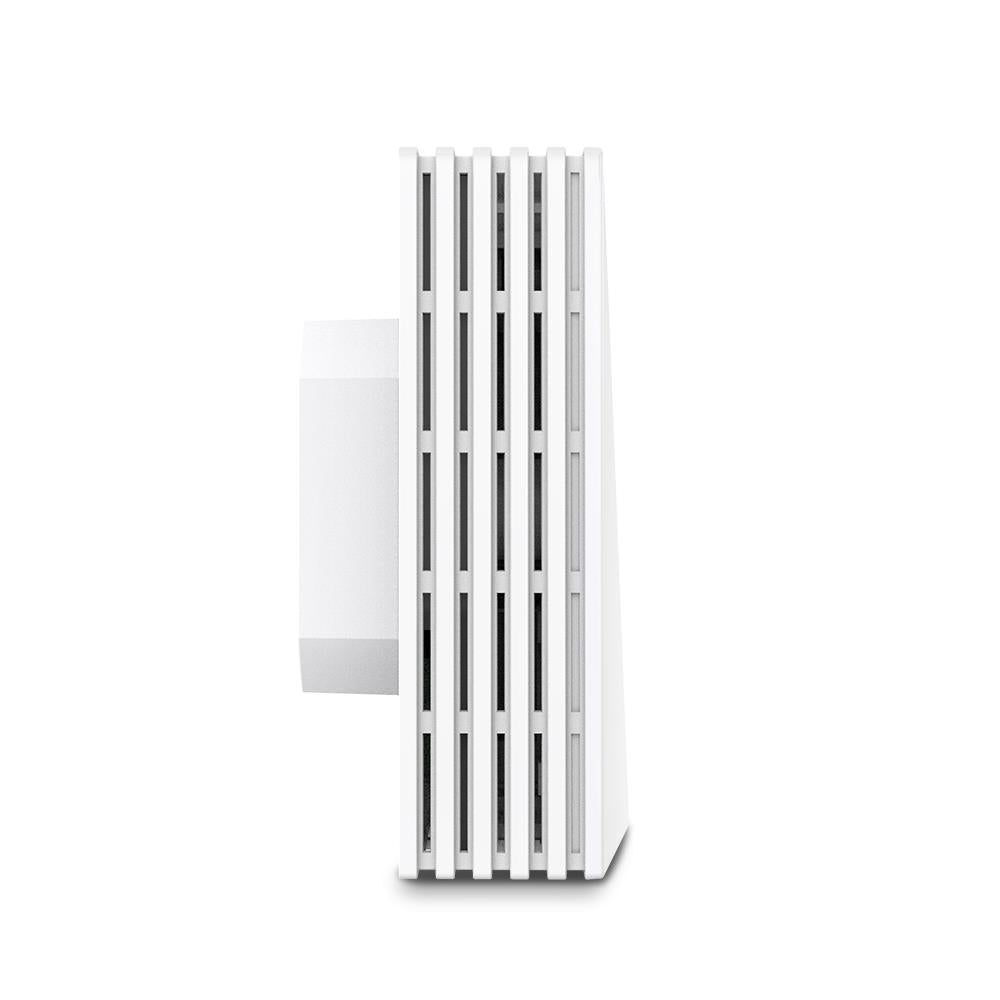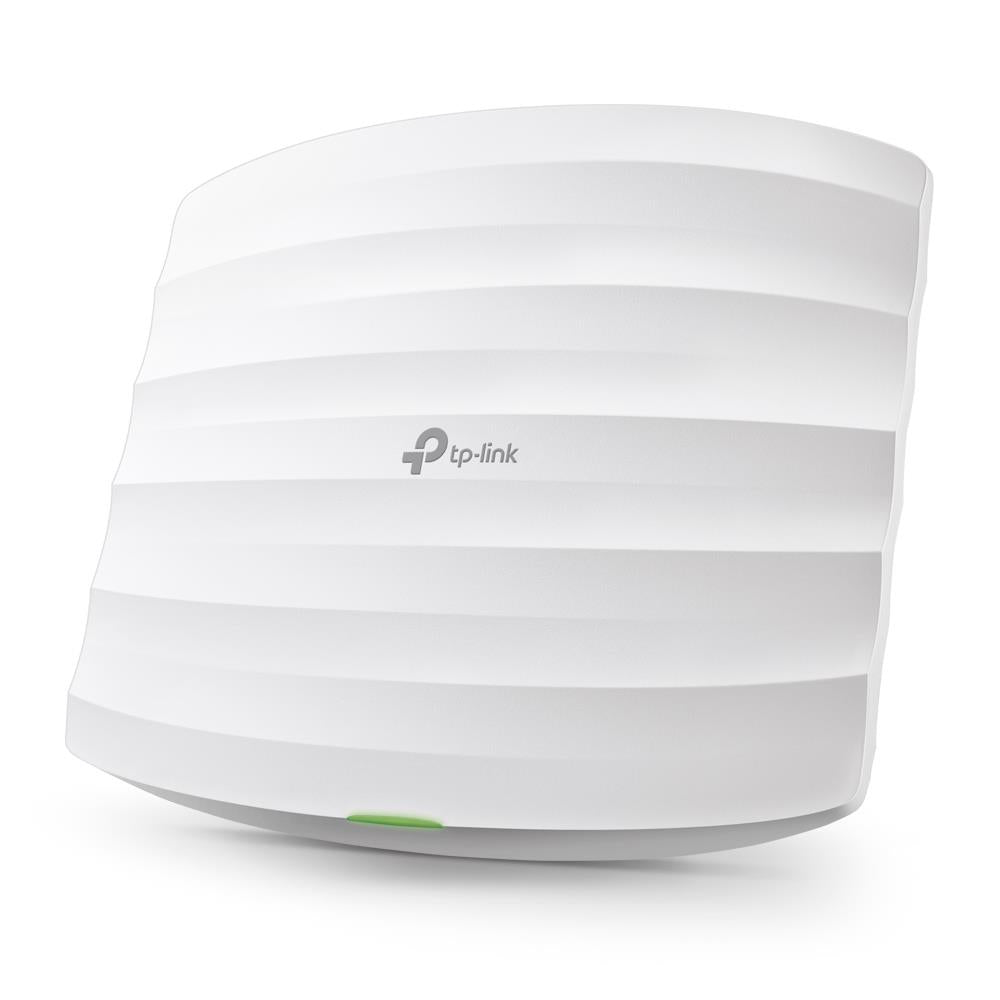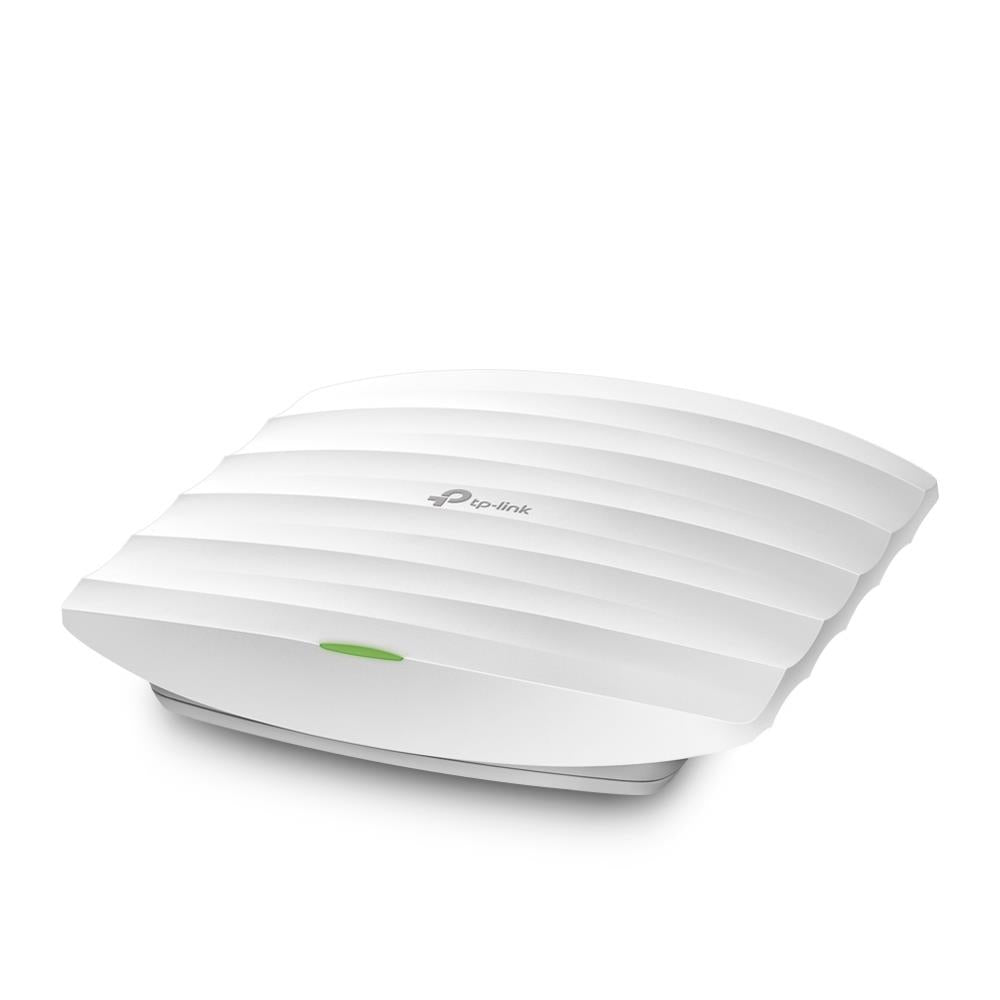Wi-Fi Access Points (Indoor & Outdoor)
94 products
Showing 1 - 24 of 94 products
Deploy rock-solid wireless with our Wi-Fi Access Points (Indoor & Outdoor)—ceiling/wall/in-wall APs for offices and hospitality, plus rugged, weather-sealed outdoor units for yards, campuses, and long-range links.
- 📶 Standards & bands: Wi-Fi 6/6E/7 (802.11ax/be), 2.4/5/6 GHz, 80/160/320 MHz channels, OFDMA & MU-MIMO
- 🛰️ Roaming & density: 802.11k/v/r fast handoff, band steering, airtime fairness & load balancing
- 🏠 Indoor formats: low-profile ceiling “pucks”, wall-mount & in-wall APs with room Ethernet jacks
- 🌧️ Outdoor-rated: IP65–IP67 enclosures, extended temp ranges, UV-resistant housings & weatherproof RJ45 glands
- 📡 Antenna options: omni for area coverage; sector/panel (directional) for corridors, yards & point-to-point/-multipoint
- 🔌 Power & ports: PoE/PoE+/PoE++ (802.3af/at/bt), 1/2.5 GbE uplinks; PoE passthrough on select models
- 🧠 Management: standalone, controller, or cloud with zero-touch provisioning & monitoring
- 🔒 Security: WPA3, guest VLANs, captive portal, client isolation & schedule controls
- ⚡ Protection (outdoor): surge/ESD protection & grounding points (use inline protectors where required)
- 🧱 Mounting: ceiling/wall plates, pole clamps & tilt brackets included on many models
- 🚚 Shipped fast from EU warehouse (4–6 business days)
- 🛡️ All products include a 2-year warranty
How to choose:
• Indoor open offices/classrooms → ceiling-mount Wi-Fi 6/6E APs (2.5 GbE for high density).
• Hotels/MDUs → in-wall APs with extra LAN ports & per-room control.
• Outdoor patio/yard → omni outdoor AP (IP66/67) near the area, elevated and wired via PoE.
• Campus or farm links → directional outdoor APs/bridges (panel/sector) with clear line-of-sight.
• 1 Gb/s+ uplinks → pick APs with 2.5 GbE and 160 MHz (6 GHz requires 6E/7 clients).
Placement & install tips: mount APs high and central; avoid metal/mirrors. Use channels 1/6/11 on 2.4 GHz and wider channels on 5/6 GHz if interference is low. For outdoor, ensure line-of-sight, proper grounding, and surge protection. Verify PoE budget (af/at/bt) on your switch and follow local DFS/EIRP rules.
Complete your setup with PoE Switches, PoE Injectors, Ethernet Cables, SFP/SFP+ Modules, and Wireless Bridges/CPE. For roaming across large sites, plan multiple APs with a central controller.
